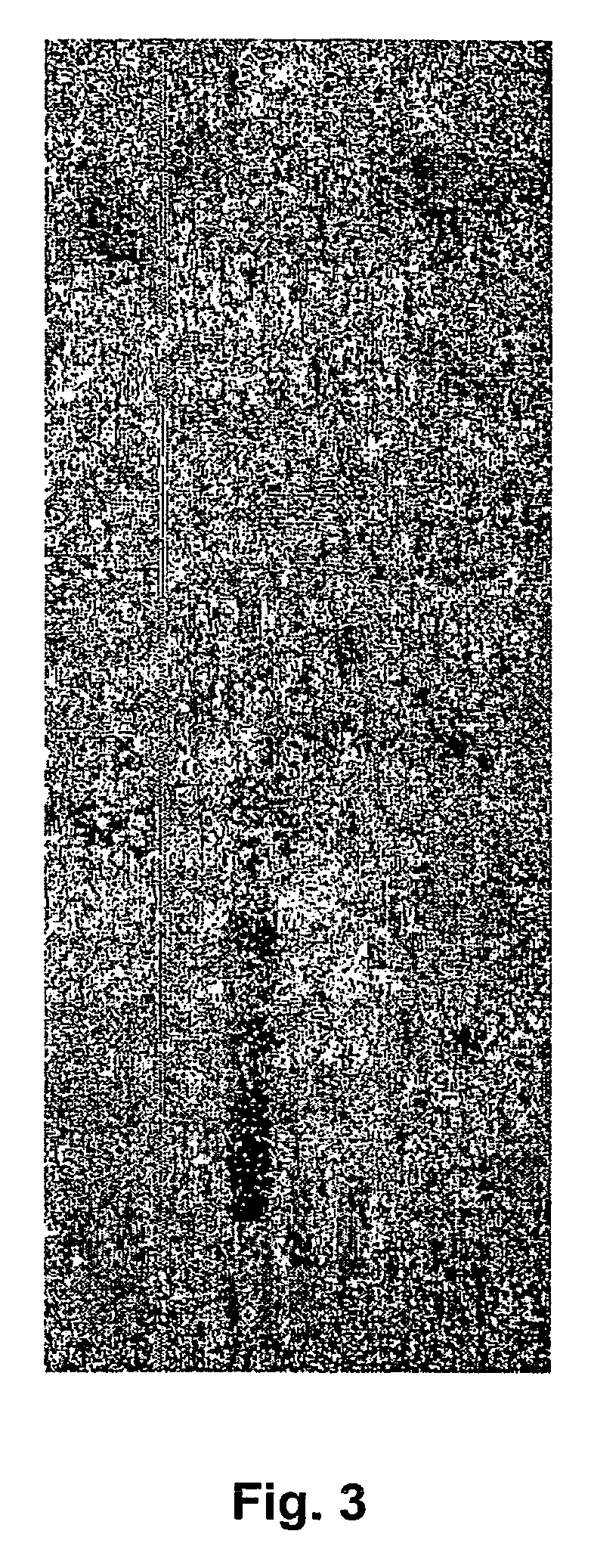Plant-based medicament for the treatment of hepatitis c
a plant-based, hepatitis c technology, applied in the field of botanical drugs or dietary supplements, can solve the problems of overall reduction in the quality of li
- Summary
- Abstract
- Description
- Claims
- Application Information
AI Technical Summary
Benefits of technology
Problems solved by technology
Method used
Image
Examples
example 1
Preparation of Botanical Drug from Botanical Drug Substances
[0111] Standardised extracts of Silybum marianum (fruit), Salvia miltiorrhiza (root), Schisandra chinensis (fruit), and Astragalus membranaceus var mongholicus (root) were made separately using extraction procedures designed specifically for each herb in order to achieve the desired therapeutic potency of the extracts. The extracts were dried and the resulting dry powdered extracts mixed in the proportions shown below (the weights are given both for the extracts and as an equivalent by weight of dry botanical raw material). [0112] (a) Silybum marianum; from 0.200 g to 0.250 g (equivalent to 12 g to 15 g of botanical raw material), [0113] (b) Astragalus membranaceus var mongholicus; 0.585 g to 1.95 g (equivalent to 9 g to 30 g of botanical raw material) [0114] (c) Salvia miltiorrhiza; 0.225 g to 0.375 g (equivalent to 9 g to 15 g of botanical raw material) and [0115] (d) Schisandra chinensis; 0.150 g to 0.600 g (equivalent...
example 2
Formulation into a Suspension Mixture
[0116] The spray-dried botanical drug substances of Example 1 were formulated into a suspension dosage form by mixing the spray-dried botanical drug substances with: [0117] a) one or more gellants or thickeners comprising at least one xanthum gum having a particle size distribution such that 100% by weight of the particles pass a 60 mesh sieve, 95% by weight of the particles pass a 80 mesh sieve and 70% by weight of the particles pass a 200 mesh sieve, [0118] b) one or more fillers; and [0119] c) one or more wetting agents and or surfactants.
[0120] The resulting formulation, referred to as the PYN17 suspension powder mixture, contained the following:
Composition:per sachetActive ingredients:Milk Thistle Fruit dry extract:0.200 gChinese Sage Root dry extract:0.225 gSchisandra Fruit dry extract:0.400 gAstralagus Root dry extract:0.585 gExcipients:Macrogol 6000 powder:0.600 gFerwogel 30.385 (molecular weight3.5-4.0 × 106):0.070 gMannitol EZ:0.16...
example 3
Activity of PYN17 Suspension Powder Mixture
[0121] A sachet of the suspension powder was re-suspended in 2.5 ml water and further diluted 1 in 7. The incompletely dissolved suspension was filtered and the soluble fraction tested.
[0122] 10 μl of solution was tested in 100 μl culture of cells at a concentration of 1 / 70. Concentrations of 1 / 350 and 1 / 1750 were also used to determine toxicity.
[0123] To test toxicity the cells were cultured with Replicon cells for 72 hours, and tritiated thymidine was added 18 hours prior to harvesting.
Results:
[0124] Tritiated Thymidine Incorporation.
DilutionWell 1Well 2Well 3Well 4Well 5MeanPYN-17cpmcpmcpmcpmcpmcpm1 / 70 18246551771 / 350 4101032432347193031132371341691 / 17503621028315324243823039815349990316093537336199362813621035134
[0125] Inhibition of replication measured by expression of Renilla luciferase.
[0126] The 1 / 70 dilution was toxic to the cells (as under the microscope the cells were dead). This dilution was not used in the Replicon as...
PUM
 Login to View More
Login to View More Abstract
Description
Claims
Application Information
 Login to View More
Login to View More - R&D
- Intellectual Property
- Life Sciences
- Materials
- Tech Scout
- Unparalleled Data Quality
- Higher Quality Content
- 60% Fewer Hallucinations
Browse by: Latest US Patents, China's latest patents, Technical Efficacy Thesaurus, Application Domain, Technology Topic, Popular Technical Reports.
© 2025 PatSnap. All rights reserved.Legal|Privacy policy|Modern Slavery Act Transparency Statement|Sitemap|About US| Contact US: help@patsnap.com



